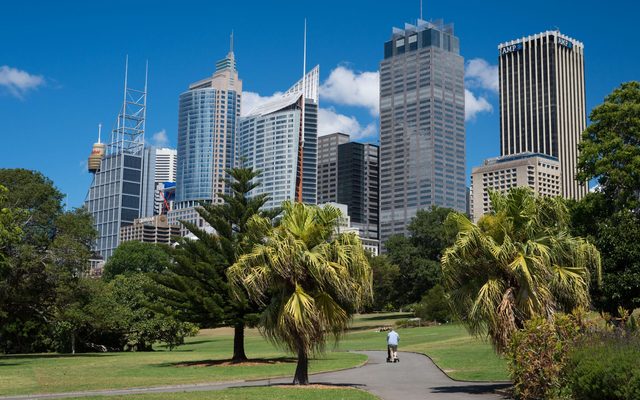This article is from the Australian Property Journal archive
PRIME residential rental growth across major city market continued along a four-year pattern of steady growth during the first half of 2019, resulting in the first uptick in average yields since late 2014 as capital value growth stalled.
Savills’ World Cities Prime Residential Rental Index rose 0.9% in the period to take average year on year growth to 1.3%.
During the six months period, rental growth was led by Los Angeles (4.0%), Berlin (3.4%), Moscow (2.3%), Tokyo (2.0%) and Miami (1.9%). Next was Sydney (1.4%), followed by while Hong Kong, Singapore, Shenzhen, Guangzhou and Hangzhou, all with growth of 1.0% or just above.
Seven of the 21 cities in the index saw annual rental growth above 3%, including Los Angeles, Barcelona, Berlin, Tokyo, Hong Kong, Beijing and Shanghai, although high capital value growth over the past decade means many Asian cities remain extremely low yielding.
Capital values fell over the year to the end of June to 0.7% annually, pushing yields up to 3.2%. While cities there is come convergence of rental growth levels, yields remain more widely spread. Los Angeles and Moscow sit at 5.2% and 5.0% respectively, and Guangzhou at 1.5% is one of four Chinese cities yielding 1.7% or under.
Strong capital price growth in Berlin over the year kept yields close to the index average at 3.1%. Moscow values dropped 2.9% over the full year values but bounced back in the second half. New stock in New York slowed both rental and capital value growth, but has not yet translated into falling rents, which remain at $2 per sq ft per week. Yields were firm at 4.3%.
Sydney has also seen an influx of new stock, but affordability constraints propped up rental demand, and rents lifted 1.4% year on year. Dubai rents continued to be suppressed by a slowdown in global trade and financial markets.
Prime London rents slipped by 1.3% year on year, but a return to rental growth is expected in the second quarter of the year. Despite uncertainty around Brexit, Strong market activity has helped to reduce the balance between supply and demand.
Sophie Chick, head of Savills world research said very few cities are seeing annual rental growth above 2%, a trend expected to persist given prevailing global political and economic headwinds.
“In the sales market, these forces translate into weakened sentiment and delayed decision-making, which has caused price growth to stall. But at the same time, although this pushes some demand into the rental markets, squeezed corporate relocation budgets continue to put pressure on rents.
“This means that while rents are outperforming capital values, we expect both markets to stabilise rather than continue to move apart, thus limiting the scope for yields to push out further.”
Chick said leading world cities would continue to be magnets for an increasingly global young, affluent workforce, and this would support demand for prime rental properties.
“But as corporate budgets feel the pinch and new stock sets a new bar for quality and puts pressure on existing stock, we expect the general trend to be towards stabilising rents.”




